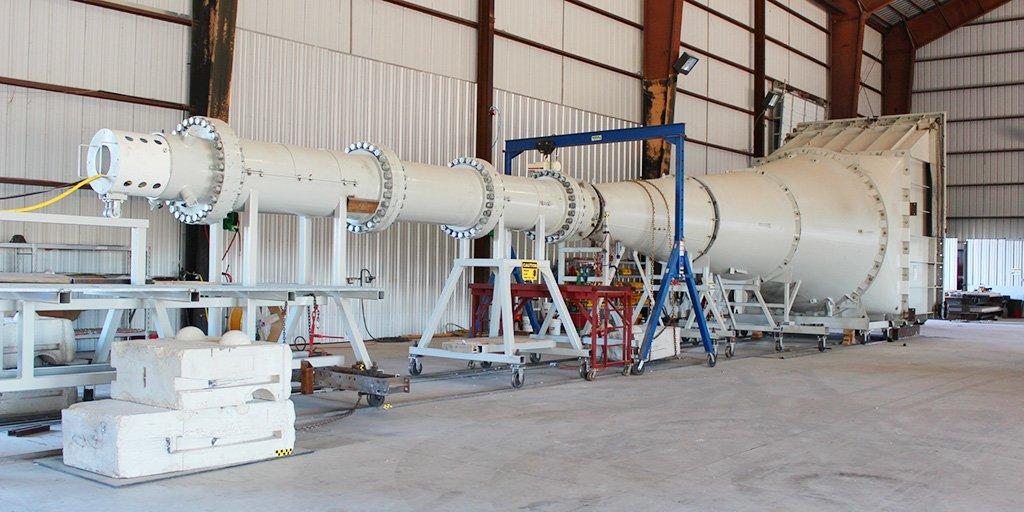Accelerating the Future: Understanding EV Adoption Trends in Canada’s Automotive Market
The rise of electric vehicles (EVs) in Canada marks a significant shift in the nation’s transportation landscape. According to the Canada automotive industry report, the country is witnessing remarkable growth in EV adoption, driven by environmental awareness, government incentives, and advancements in battery technology. This evolution not only aligns with Canada’s carbon reduction goals but also reshapes the automotive market, paving the way for a cleaner and more sustainable future.
The Growing Demand for Electric Vehicles in Canada
Over the past decade, Canada has made substantial progress toward electrifying its vehicle fleet. Major provinces such as British Columbia, Quebec, and Ontario have introduced policies and subsidies to promote EV adoption. Consumers are increasingly drawn to electric mobility due to lower operating costs, zero tailpipe emissions, and the availability of innovative vehicle models from global automakers.
Electric vehicle sales have been steadily climbing, with more Canadians opting for plug-in hybrids and fully electric vehicles. This shift reflects not only a changing mindset but also growing confidence in EV performance, charging infrastructure, and long-term cost savings. The Canadian government’s zero-emission vehicle (ZEV) mandate, which aims for 100% of new light-duty vehicle sales to be zero-emission by 2035, further accelerates this transformation.
Government Initiatives and Infrastructure Development
Government support plays a crucial role in EV adoption. Canada’s federal and provincial governments have rolled out various initiatives such as purchase rebates, tax credits, and investments in charging infrastructure. For instance, the Zero Emission Vehicle Infrastructure Program (ZEVIP) focuses on expanding the network of charging stations across the country, ensuring that EV owners have convenient access to reliable charging options.
Additionally, urban centers and municipalities are integrating EV-friendly policies, including preferred parking spaces, fleet electrification, and incentives for businesses to transition to electric delivery vehicles. These efforts collectively build a supportive ecosystem for EV growth, reducing the barriers associated with range anxiety and accessibility.
Technological Advancements and Market Shifts
The EV market in Canada is rapidly evolving due to advancements in battery efficiency, fast-charging technology, and smart vehicle connectivity. Automakers are introducing diverse models across various price points, appealing to both individual consumers and commercial fleets. Innovations such as solid-state batteries, improved range capabilities, and enhanced safety features are making EVs more competitive with traditional internal combustion engine vehicles.
Moreover, the integration of renewable energy sources with EV charging stations further amplifies environmental benefits. As Canada continues to invest in clean energy and sustainable transportation infrastructure, EV adoption will likely surge across both urban and rural areas.
Challenges and the Road Ahead
Despite impressive progress, challenges remain. The upfront cost of EVs, although declining, still deters some buyers. Charging infrastructure in remote regions is limited, and cold-weather performance concerns persist in certain provinces. Addressing these issues through public-private partnerships and continuous innovation is vital for ensuring equitable access to electric mobility.
The road ahead for EV adoption in Canada looks promising. With growing consumer awareness, supportive policies, and technological innovation, the country is well on track to becoming a leader in sustainable transportation. As more Canadians embrace electric vehicles, the nation moves closer to achieving its environmental targets and creating a cleaner, greener automotive future.
FAQs
1. What incentives are available for EV buyers in Canada?
Canadian federal and provincial governments offer rebates, tax credits, and grants to make EVs more affordable. These programs vary by region but typically cover a portion of the purchase price for eligible vehicles.
2. How developed is the EV charging infrastructure in Canada?
Canada’s charging network is expanding rapidly through government programs and private investments. Thousands of public and fast-charging stations are available nationwide, with ongoing efforts to improve coverage in rural areas.
3. What is the future outlook for EV adoption in Canada?
The outlook is highly positive. With continued investment, supportive regulations, and technological progress, EVs are expected to dominate new vehicle sales by 2035, driving Canada toward a zero-emission future.
More Related Report
Portable Electric Vehicle Charger Market Size
Categorii
Citeste mai mult
Future of Executive Summary Smart Home Appliances Market: Size and Share Dynamics The global smart home appliances market size was valued at USD 64.48 billion in 2024 and is expected to reach USD 183.96 billion by 2032, at a CAGR of 14.00% during the forecast period. To thrive in this rapidly transforming marketplace, today’s businesses call for...

Fire safety ventilation systems are critical components in modern building design, aimed at controlling smoke and heat during a fire. These systems utilize fire rated ducts to ensure that smoke is efficiently managed, protecting occupants and property. The growing emphasis on safety in construction and the implementation of stringent fire safety regulations are driving the demand for advanced...

IntroductionThe Shock Tube Market is witnessing steady growth as industries increasingly adopt non-electric initiation systems for safe and controlled detonation in mining, quarrying, tunneling, and construction activities. A shock tube is a small, flexible plastic tube containing reactive material that transmits a low-energy shock wave to initiate explosives. Known for its reliability, safety,...

The U.S. and Europe cartilage regeneration market size was valued at USD 666.60 million in 2024 and is expected to reach USD 1,747.20 million by 2032, at a CAGR of 12.8% during the forecast period. The global business landscape is undergoing a transformation, with industries increasingly leaning on deep research and actionable insights to make strategic decisions....

Résumé des opportunités de marché des boissons alcoolisées prêtes à boire (RTD) par taille et part Le marché mondial des boissons alcoolisées prêtes à boire (RTD) était évalué à 32,84 milliards USD en 2024 et devrait atteindre 58,57 milliards USD d'ici 2032. ...
